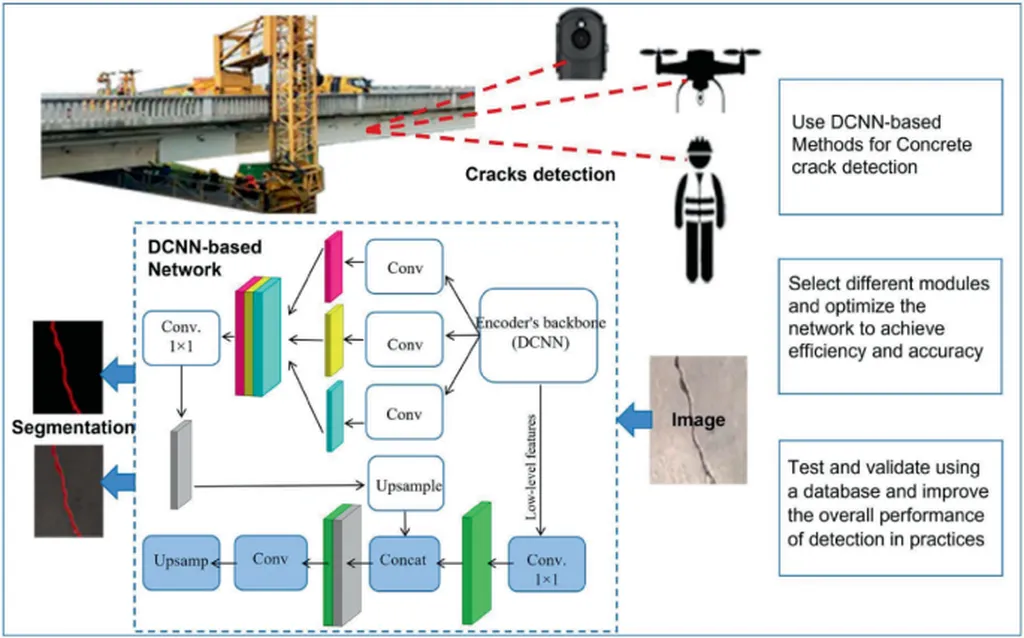In the ever-evolving world of construction and infrastructure, ensuring the safety and longevity of concrete structures is paramount. A groundbreaking study led by Xukai Ren from the Henan Technical Institute has introduced a novel approach to concrete structure identification and damage detection, promising to revolutionize the way we monitor and maintain these essential edifices.
The research, published in the *Electronic Journal of Structural Engineering* (or *电子结构工程学报* in Chinese), combines the power of genetic algorithms (GA) with cluster analysis to enhance the accuracy of damage detection in concrete structures. By leveraging acoustic emission technology, the team was able to capture various waveform parameter features, providing a comprehensive dataset for analysis.
“Traditional methods of damage detection often fall short in terms of accuracy and reliability,” explains Ren. “Our study aims to bridge this gap by integrating advanced computational techniques with cutting-edge sensing technology.”
The team employed a Back Propagation Neural Network (BPNN) to improve the genetic algorithm, while also incorporating the K-means++ clustering analysis method. This hybrid approach allowed for mixed damage identification, significantly improving the model’s performance. The results were impressive, with the model achieving a 98.46% accuracy rate in identifying the location of damage and a 97.23% accuracy rate in determining the degree of damage. The model’s Area Under the Curve (AUC) was an impressive 0.986, with a misclassification rate of only 1.54%.
The implications of this research are vast, particularly for the energy sector, where concrete structures play a crucial role in infrastructure development. “Accurate and reliable damage detection is essential for maintaining the safety and efficiency of energy infrastructure,” says Ren. “Our method provides a robust tool for health monitoring, enabling proactive maintenance and reducing the risk of catastrophic failures.”
The commercial impact of this research could be substantial. By improving the accuracy of damage detection, companies can reduce maintenance costs, minimize downtime, and enhance the overall safety of their operations. Additionally, the method’s reliability could lead to increased confidence in the use of concrete structures in high-risk environments, opening up new opportunities for infrastructure development.
Looking ahead, this research paves the way for future advancements in the field of structural health monitoring. As Ren notes, “The integration of advanced computational techniques with sensing technology offers immense potential for improving the accuracy and reliability of damage detection. We are excited to see how this research will shape the future of infrastructure maintenance and safety.”
In conclusion, the study by Ren and his team represents a significant step forward in the field of concrete structure identification and damage detection. By combining the power of genetic algorithms with cluster analysis, they have developed a method that promises to enhance the safety and efficiency of infrastructure maintenance, with far-reaching implications for the energy sector and beyond.

